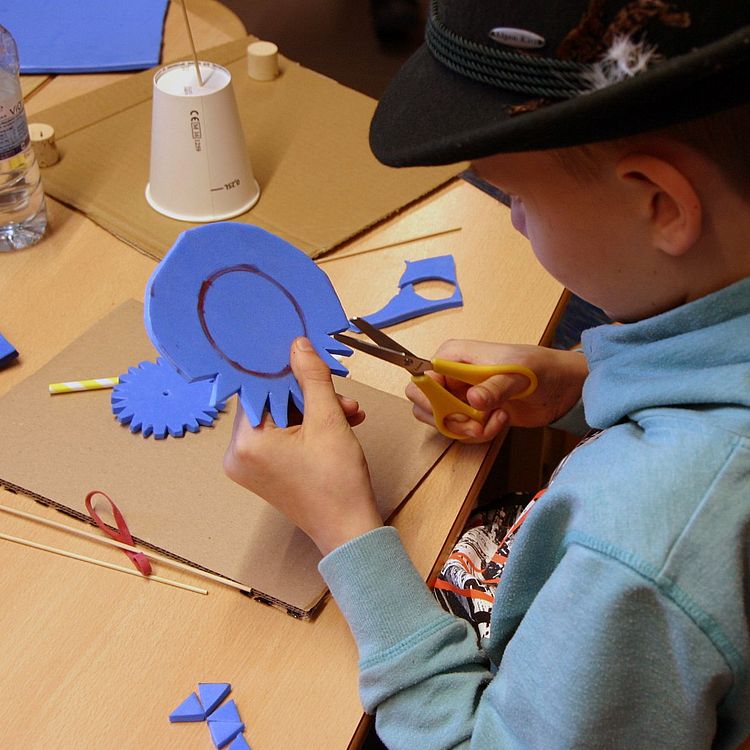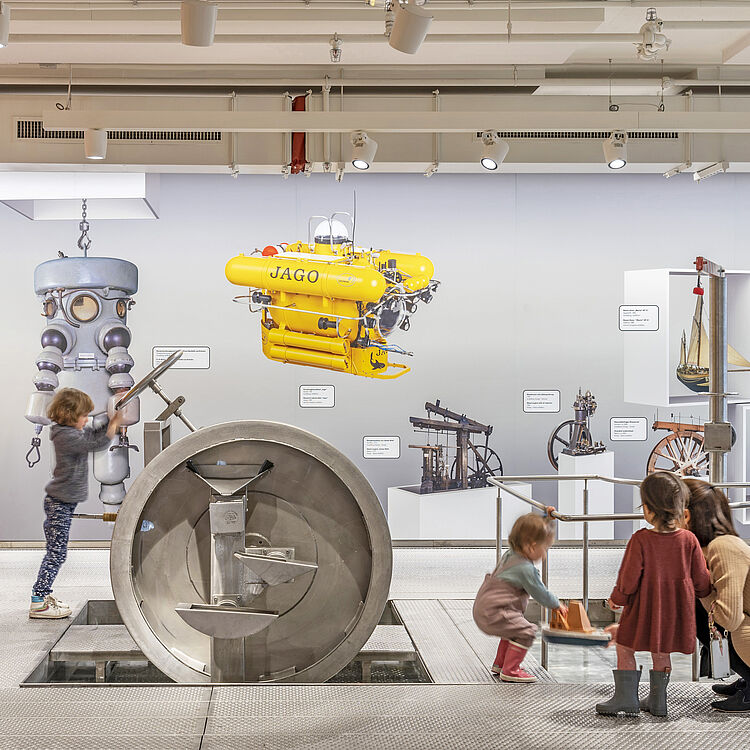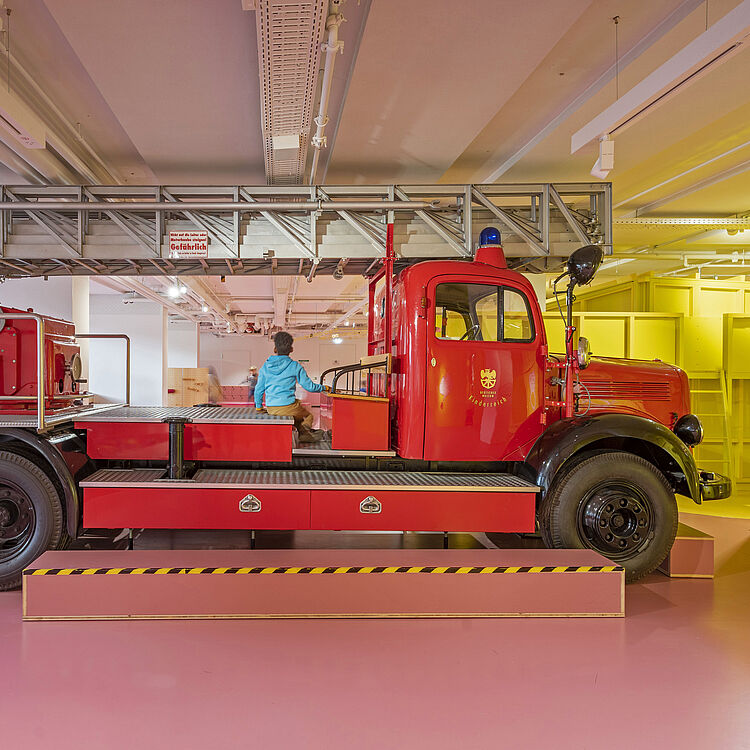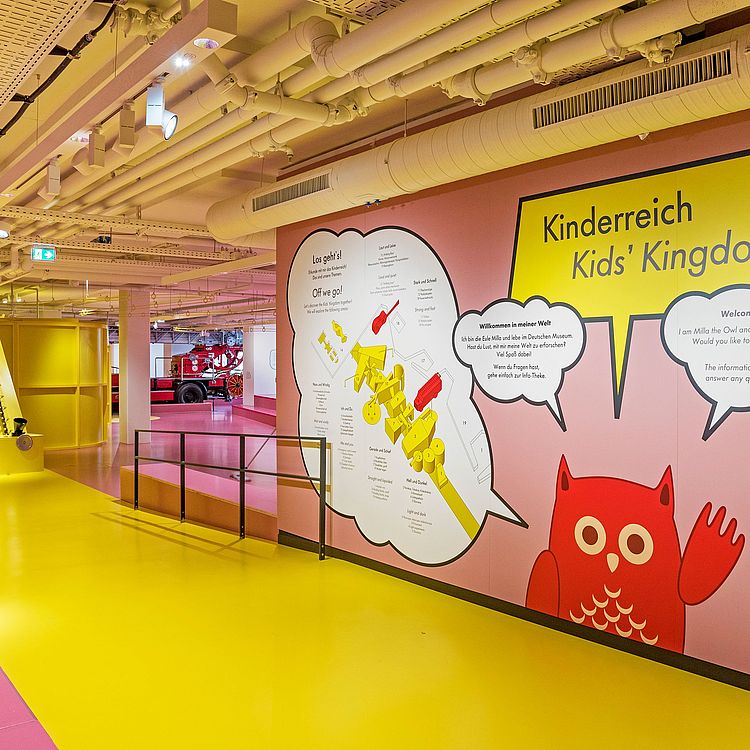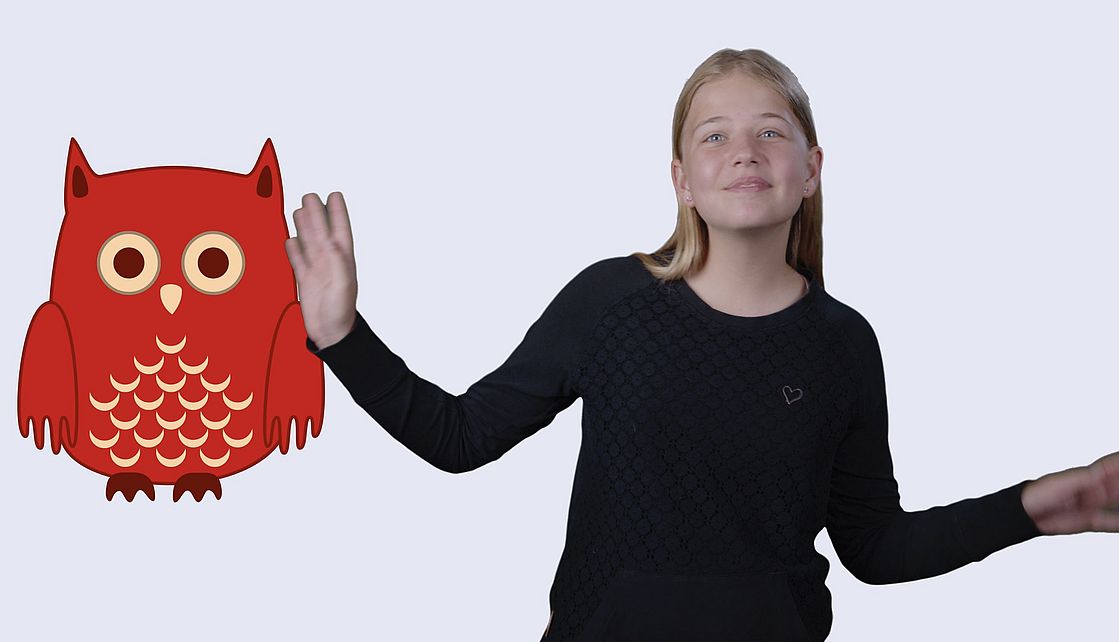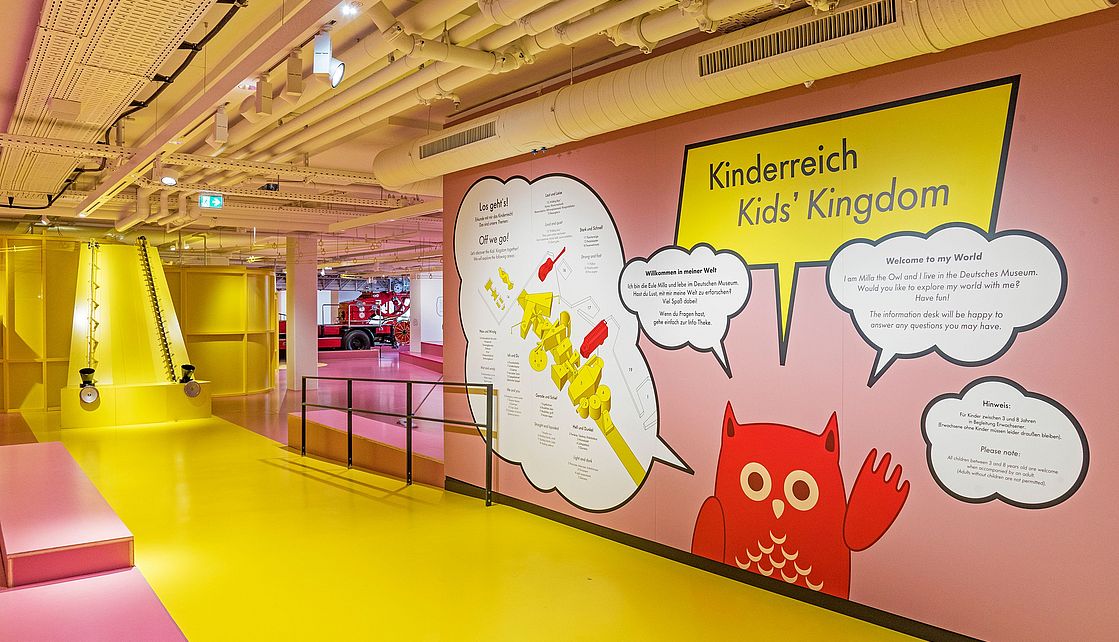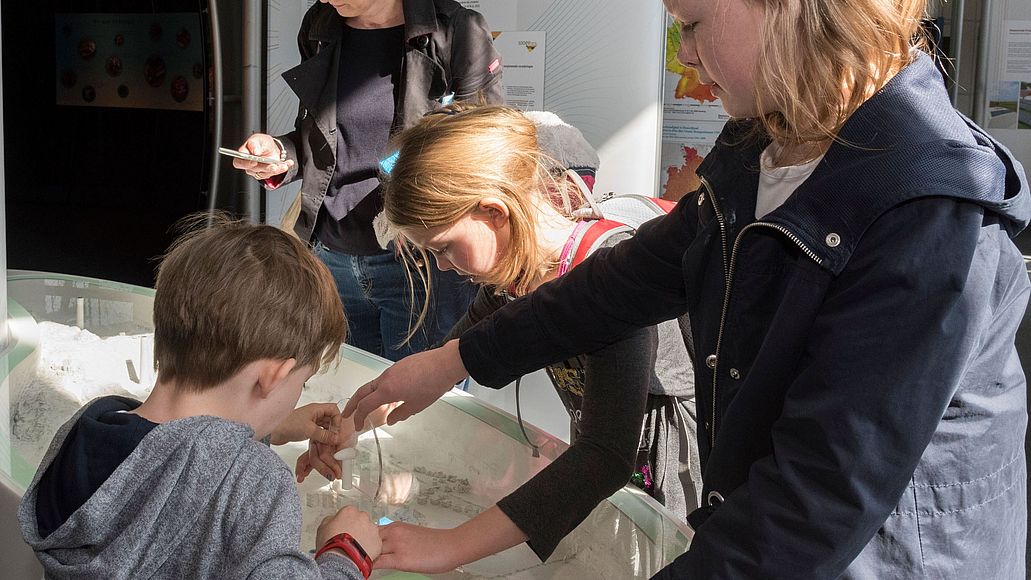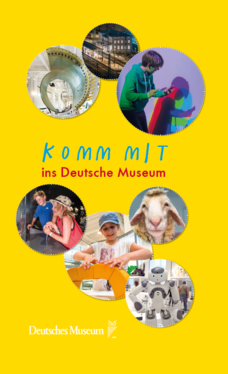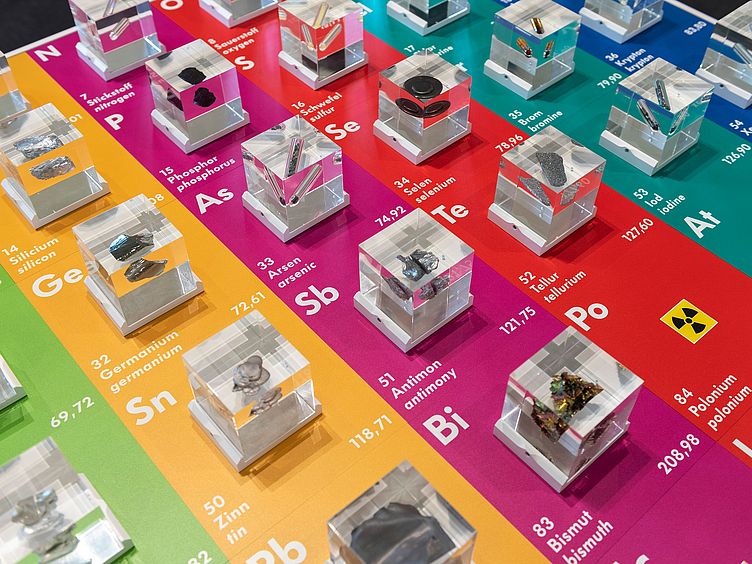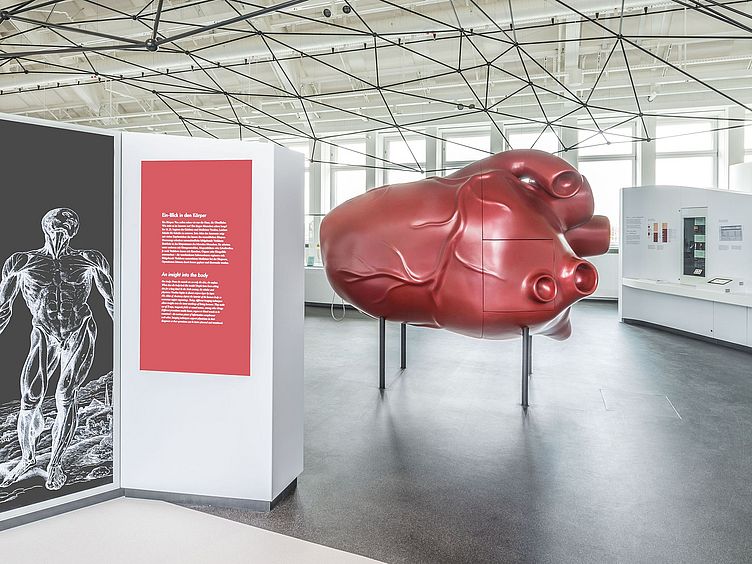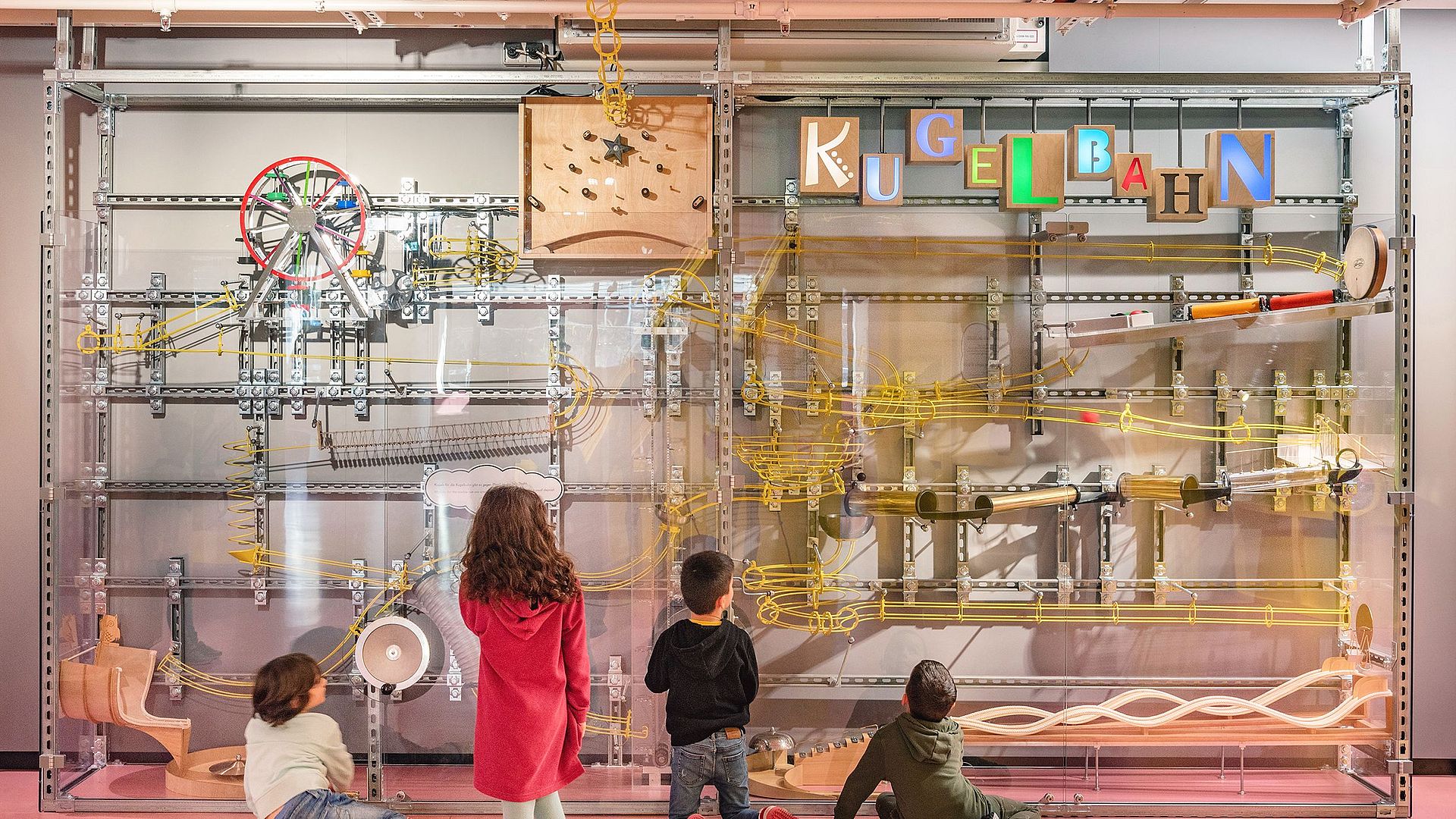
Photo: Deutsches Museum | Hubert Czech
An interactive exhibition for children aged 3 to 8
Kids’ Kingdom – The Big Place for Little Explorers!
Here you can discover just how much fun science can be – with marble runs to race, a starry night sky to explore, a shadow theatre to play in, a hall of mirrors to trick your eyes and a music room to make some noise!
How to find us
The stairs down to the Kids' Kingdom are located between the aeroplanes in the Modern Aviation exhibition on Level 0. If you prefer to to use the lift, our staff will be happy to assist you. At the top of the stairs, look out for our “access traffic light”: green means we have free capacity, yellow means we are currently full so please wait a little, and red means the Kids' Kingdom is currently at full capacity.
Everyone's welcome!
The Kids' Kingdom is open to all children aged 3 to 8 – accompanied by up to two adults. There are lots of hands-on activities to try, including tactile models and fun activities in German sign language. Most of the stations are wheelchair-friendly and easy to explore.
Click here for more helpful visitor information
Kids’ Kingdom Highlights
Photo: Deutsches Museum, Hubert Czech
Fire Engine
Discover the world of firefighting! Find out what makes a fire engine work and learn all about firefighter' special protective clothing. You can also climb into the driver's cab of our fire engine and turn on the blue lights. In the control centre, you can practise an emergency operation – just like a real firefighter!
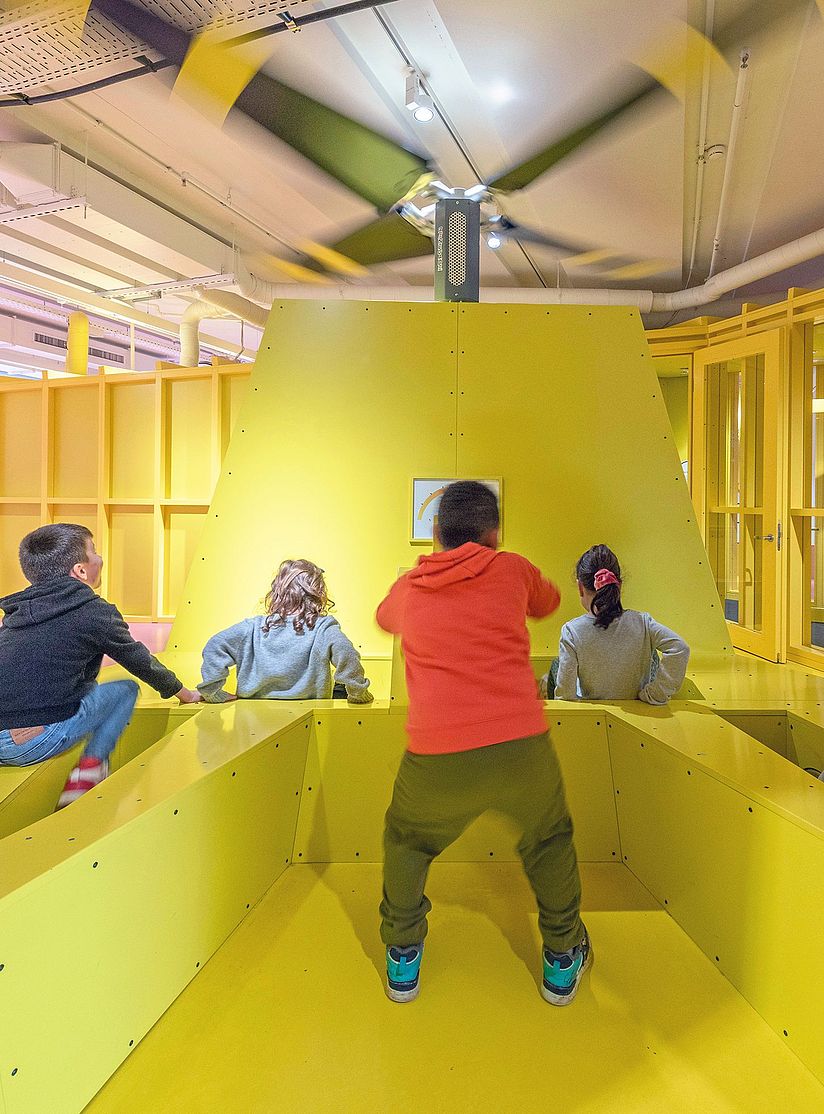
Photo: Deutsches Museum, Hubert Czech
Pedalocopter
Fly without an engine? Yes, you can! With a muscle-powered aeroplane, flying works just like riding a bike – you steer with your hands and pedal with your legs to get moving!
Try it out for yourself with our pedalocopter. Can you manage to get the propeller to spin?
Would you like to discover more amazing aircraft at the Deutsches Museum? Explore the Historical Aviation and Modern Aviation exhibitions, or visit our Flugwerft Schleißheim aviation museum!
“I really, really, really liked it. I definitely want to come back. It was so cool!”
Photo: Deutsches Museum | Hubert Czech
Giant Guitar
Not only can you play this giant guitar – you can also crawl inside it!
Pluck one of the strings. What do you feel? Use your hands to feel the sound vibrations on the walls of the guitar.
The hollow body makes the guitar sound louder and richer. Can you count the guitar strings? The giant guitar is a replica of a very old instrument – that's why it only has five strings instead of six.
Visit our Musical Instruments exhibition to discover even more fascinating instruments from around the world.
“I like the guitar – it’s really big. I wish I was that big!”
Photo: Deutsches Museum | Hubert Czech
Marble Run
Watch the balls race along the track and see gravity at work! Which one rolls the fastest? Which route do they take? In our construction area, you can even build your own marble run.
The famous scientist Galileo Galilei also experimented with rolling balls. He discovered that objects speed up the closer they get to the ground – one of the first steps toward understanding gravity.
You can buy a ball for the marble run with a €1 coin from the ball machine.
Questions? Visit our information desk or give us a call!
![Infowand Kinderreich]()
Team Kids' Kingdom – Info desk
Telephone +49 89 2179 411
Email kinderreich@deutsches-museum.de- Register a group visit
- Tips for families
- Hire objects
Info desk in the children's area
Facts and Figures
- 1195 square metres of exhibition space
- 30 media stations and demonstrations (approx.)
- 1 interactive diorama
- 4 tactile models
- 1 tactile children's book
- 1 workshop
- 1 picnic area
Inside the Kids’ Kingdom
Helpful information for your visit to the Kids' Kingdom
Questions? Just ask our curator!
![Vera Ludwig]()
Vera Ludwig
Leitung Kinderreich
Deutsches Museum
80306 München
Fax +49 89 2179-99289
Email v.ludwig@deutsches-museum.de


